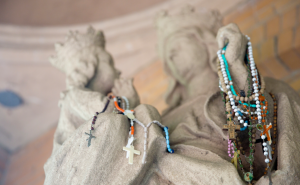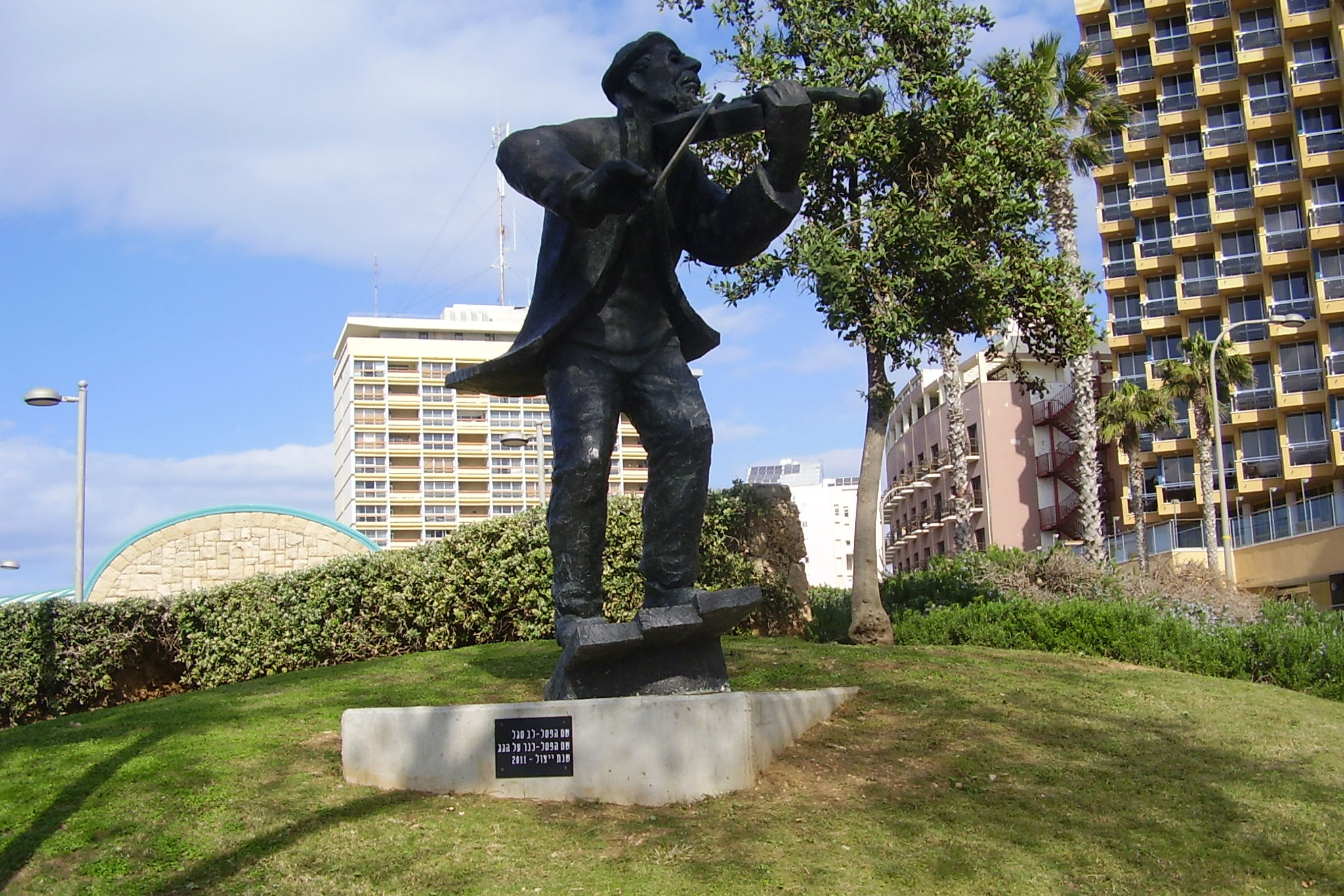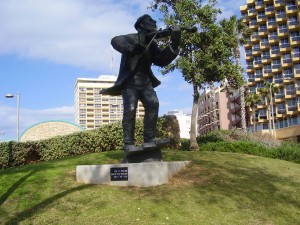 As a young child I was very close to God. I spoke to Him in a very natural way and He spoke plainly to me. Although I have very few memories of my early childhood, I vividly remember how close I was to God. When early puberty approached, though, I began to slip away, drifting into the rebellious and angry years of my teens. As the flesh came more alive, my spirit submerged.
As a young child I was very close to God. I spoke to Him in a very natural way and He spoke plainly to me. Although I have very few memories of my early childhood, I vividly remember how close I was to God. When early puberty approached, though, I began to slip away, drifting into the rebellious and angry years of my teens. As the flesh came more alive, my spirit submerged.
The culture of the time didn’t help, either. It was the late 1960s and early 1970s and rebelliousness and the flesh were celebrated as “virtues.” Somehow we thought ourselves more mature than our pathetic forebears, who were hopelessly “repressed.” There was the attitude among the young that we had come of age somehow. We collectively deluded ourselves, aided by the messages of rock music and the haze of drug use, that we were somehow “better.”
So it was the winter of my soul. The vivid faith of my childhood gave way to a kind of indifferent agnosticism. Though I never formally left Church (my mother would never had permitted that as long as I lived in under my parents’ roof), I no longer heard God or spoke to Him. I’ve mentioned in previous posts that when I was in high school I joined the youth choir of my parish church. This was not precipitated by a religious passion, but rather by a passion of another kind: there were pretty girls in the choir and I “sought their company,” shall we say. But God has a way of using beauty to draw us to the truth. Week after week, year after year, as we sang those old religious classics a buried faith began to awaken within me.
But what to do? How to pray? I heard that I was supposed to pray. But how? As a child it had been natural to talk with God. But now He seemed distant, aloof, and likely angry with me. And I’ll admit it, prayer seemed a little “goofy” to me, a high school senior still struggling to be “cool” in his own eyes and in the eyes of his friends. Not only that, but prayer was “boring.” It seemed an unfocused, unstructured, and “goofy” thing.
But I knew someone who did pray. My paternal grandmother, “Nana,” was a real prayer warrior. Every day she took out her beads and sat by the window to pray. I had seen my mother pray now and again, but she was more private about it. But Nana, who lived with us off and on in her last years, knew how to pray and you could see it every day.
Rosary Redivivus – In my parish church of the 1970s, the rosary was non-existent. Devotions and adoration were on the outs during that sterile time. Even the Crucifix was gone. But Nana had that “old-time religion” and I learned to appreciate it through her.
Ad Jesum per Mariam – There are some, non-Catholics especially, who think that talking of Mary or focusing on her in any way takes away from Christ. It is as though they consider it a zero-sum game, in which our hearts cannot love both Mary and Jesus. But my own experience was that Mary led me to Christ. I had struggled to know and worship Christ, but somehow a mother’s love felt more natural, safer, and more accessible to me. So I began there, where I could. Simply pole-vaulting right into a mature faith from where I was did not seem possible. So I began, as a little child again, holding my Mother’s hand. And gently, Mother Mary led me to Christ, her son. Through the rosary, that “Gospel on a string,” I became reacquainted with the basic gospel story.
The thing about Marian devotion is that it opens up a whole world. For with this devotion comes an open door into so many of the other traditions and devotions of the Church: Eucharistic adoration, litanies, traditional Marian hymns, lighting candles, modesty, pious demeanor, and so forth. So as Mary led me, she also reconnected me to many things that I only vaguely remembered. The suburban Catholicism of the 1970s had all but cast these things aside, and I had lost them as well. Now in my late teens, I was going up into the Church “attic” and bringing things down. Thus, little by little, Mother Mary was helping me to put things back in place. I remember my own mother being pleased to discover that I had taken some old religious statues, stashed away in a drawer in my room, and placed them out on my dresser once again. I also took down the crazy rock-and-roll posters, one by one, and replaced them with traditional art, including a picture of Mary.
Over time, praying the Rosary and talking to Mary began to feel natural. And, sure enough, little by little, I began to speak with God. It was when I was in the middle of college that I began to sense the call to the priesthood. I had become the choir director by that time and took a new job in a city parish: you guessed it, “St. Mary’s.” There, the sterility of suburban Catholicism had never taken hold. The candles burned brightly at the side altars. The beautiful windows, marble altars, statues, and traditional novenas were all on display in Mother Mary’s parish. The rest is history. Mary cemented the deal between me and her Son, Jesus. I became His priest and now I can’t stop talking about Him! He is my hero, my savior and Lord. And praying again to God has become more natural and more deeply spiritual for me.
It all began one day when I took Mary’s hand and let her lead me to Christ. And hasn’t that always been her role? She, by God’s grace, brought Christ to us, showed Him to us at Bethlehem, presented Him in the Temple, and ushered in His first miracle (even despite His reluctance). She said to the stewards that day at Cana, and to us now, “Do whatever he tells you.” The Gospel of John says, Jesus did this as the beginning of his signs in Cana in Galilee and so revealed his glory, and his disciples began to believe in him (John 2:11). And so Mary’s intercession strengthened the faith of others in her Son. That has always been her role: to take us by the hand and lead us to Christ. Her rosary has been called the “Gospel on a string” because she bids us to reflect on the central mysteries of the Scripture as we pray.


